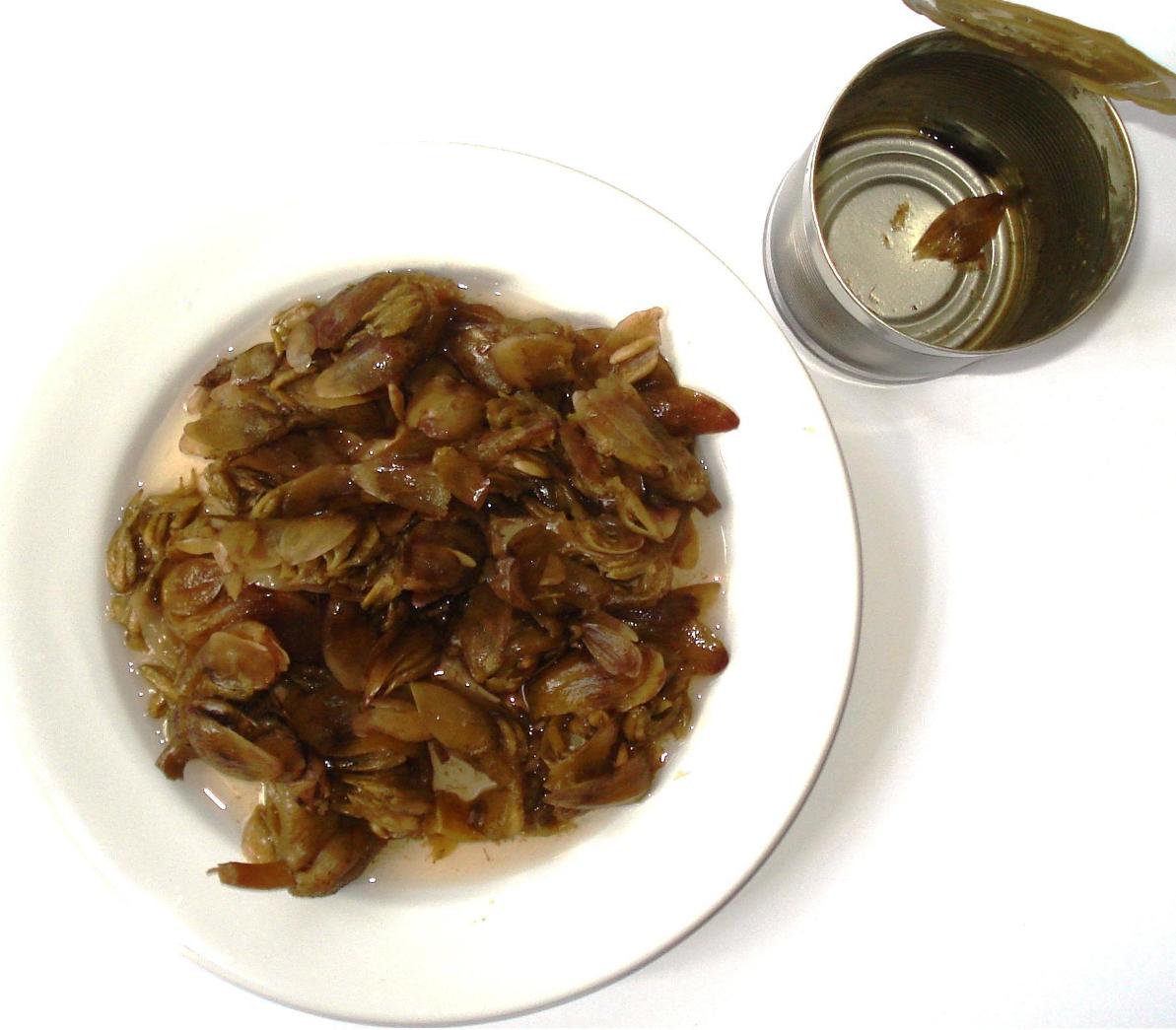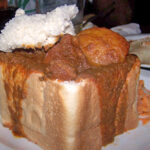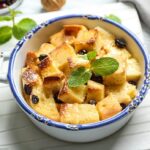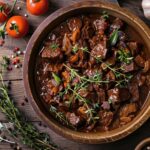South African cuisine is a melting pot of flavors and traditions, each dish telling a unique story. Among the traditional culinary delights, Waterblommetjie Bredie holds a special place. This hearty stew, made with indigenous waterblommetjies (water flowers) and tender lamb, reflects the country’s rich cultural heritage and celebrates the bounty of its natural resources. In this article, we explore the origins, flavors, and cultural significance of Waterblommetjie Bredie.
Origins and Ingredients:
Waterblommetjie Bredie originated in the Western Cape province of South Africa, particularly in the Boland region. The dish’s roots can be traced back to the early Dutch settlers who cultivated waterblommetjies, also known as Cape Pondweed or Aponogeton distachyos, in the shallow waters of dams and rivers.
The star ingredient of this stew is the waterblommetjie, a water lily with small, delicate flowers that bloom in the spring. These flowers have a unique flavor, reminiscent of artichokes with a hint of tanginess. Combined with tender chunks of lamb, onions, and a medley of aromatic spices, Waterblommetjie Bredie captures the essence of South African comfort food.
Cultural Significance:
Waterblommetjie Bredie holds cultural significance as a dish that embodies South Africa’s history, heritage, and sense of community. The tradition of gathering waterblommetjies and preparing this stew has been passed down through generations, creating a strong connection to the land and its resources.
The gathering of waterblommetjies often involves a communal effort, with friends and family coming together to harvest the flowers. This act of gathering fosters a sense of unity and strengthens social bonds, showcasing the importance of community in South African culture.
Furthermore, Waterblommetjie Bredie is a dish that celebrates the abundance of nature and the resourcefulness of South Africans. By utilizing the edible waterblommetjies, which grow abundantly in wetland areas, the stew pays homage to the country’s natural landscape and the ingenuity of its people in creating flavorsome dishes from locally available ingredients.
Flavors and Preparation:
Waterblommetjie Bredie is a hearty and flavorful stew that combines tender pieces of lamb with the unique taste of waterblommetjies. The stew is slow-cooked to allow the flavors to meld together, resulting in a comforting and satisfying dish.
Along with the waterblommetjies and lamb, the stew typically includes onions, garlic, potatoes, and a variety of aromatic spices such as cinnamon, cloves, and bay leaves. The combination of these ingredients creates a fragrant and savory base, which is further enhanced by the delicate, artichoke-like flavor of the waterblommetjies.
Waterblommetjie Bredie is traditionally served with steamed rice or freshly baked bread, allowing the rich flavors to be savored and enjoyed to their fullest. The tender lamb, the earthy aroma of spices, and the tangy notes of the waterblommetjies create a symphony of flavors that showcases the diversity and richness of South African cuisine.
Preserving Tradition:
In recent years, efforts have been made to preserve and promote the tradition of Waterblommetjie Bredie. Festivals and gatherings centered around the dish have emerged, providing an opportunity for locals and tourists alike to experience the cultural significance and culinary delights of this traditional South African stew.
Additionally, the dish has gained recognition in the culinary world, with restaurants and chefs incorporating Waterblommetjie Bredie into their
menus, both in South Africa and internationally. This not only preserves the tradition but also showcases the unique flavors and culinary heritage of the country to a broader audience.
Waterblommetjie Bredie is more than just a stew; it is a testament to South Africa’s cultural heritage, unity, and culinary creativity. Through this dish, the gathering of waterblommetjies and the slow-cooking process, the flavors and traditions of South Africa are beautifully encapsulated. So, immerse yourself in the aromas and tastes of Waterblommetjie Bredie, and savor a slice of South African culture.








